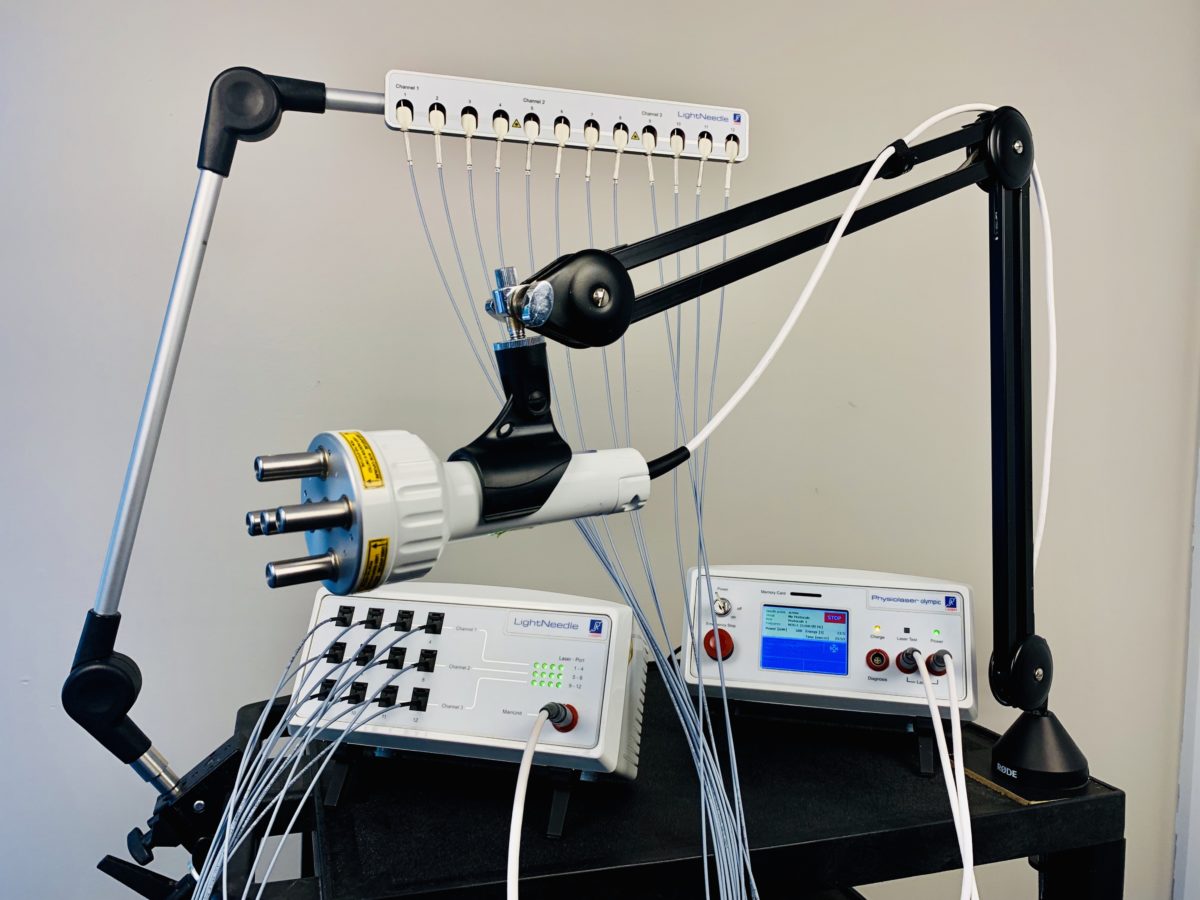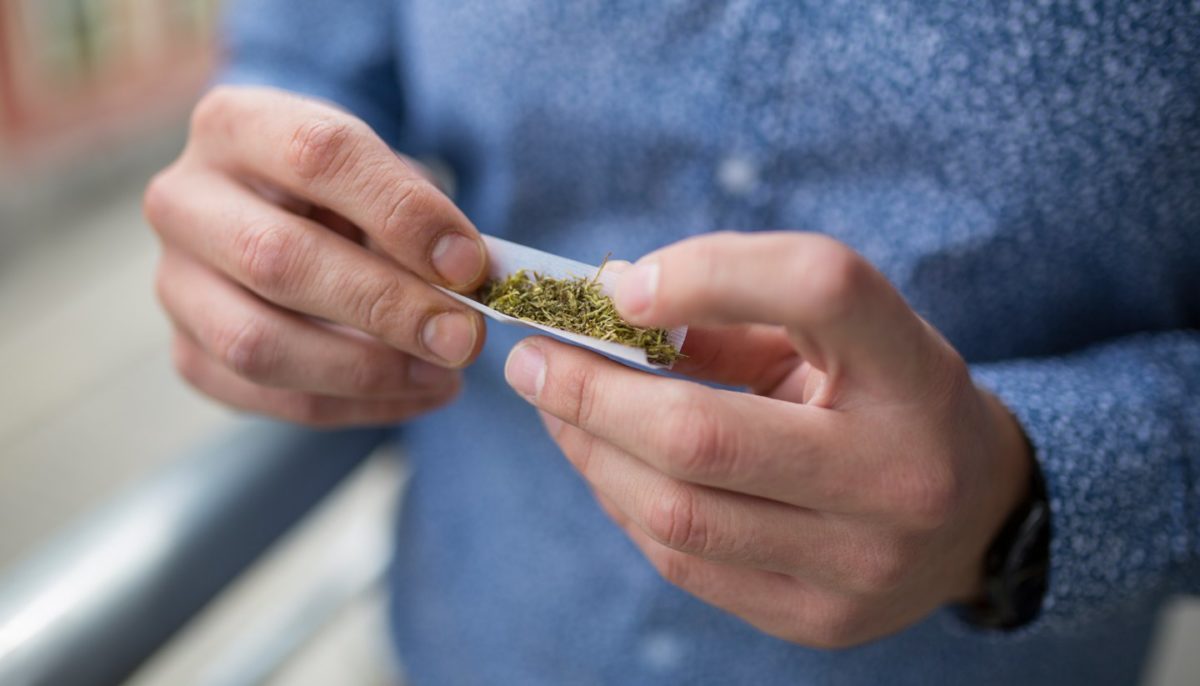Is Low-Level Laser Stimulation (LLLS) Safe?
Low-Level Laser Stimulation (LLLS), also referred to in some contexts as Low-Level Laser Therapy (LLLT). cold laser, laser acupuncture or photobiomodulation (PBM), is a non-invasive wellness technique that applies gentle laser light to specific energy points on the body. It’s commonly used to promote relaxation, support emotional balance, and help ease physical tension during periods of personal change.
But how safe is it?
Is LLLS Safe?
Yes—LLLS is generally considered to be a very safe, well-tolerated technique when used appropriately. It has been in use for decades in wellness and therapeutic settings worldwide and has a long-standing track record of being gentle, non-invasive, and easy to receive.
There is no heat or burning involved. LLLS does not cut the skin or penetrate deeply into tissues the way medical lasers do. Instead, it uses low-intensity light that encourages balance at the surface level through natural bio-stimulation.
Protective Eyewear
During any Laser Quit Session, protective eyewear will be provided and must be worn. This ensures that your eyes are not directly exposed to the laser light—even low-level lasers require this basic precaution for safety.
Common Safety Practices
At Ottawa Laser Solutions, safety protocols are built into every step of the session, including:
-
The use of Health Canada-compliant laser devices
-
Avoidance of specific anatomical regions that are considered sensitive
-
Tailoring each session to the individual’s health history and comfort level
Important Considerations
While LLLS is well-tolerated by most individuals, a few general precautions are taken as part of responsible wellness support:
-
Pregnancy: Laser is not applied directly over the abdomen during pregnancy. Other areas may be safely supported depending on client preference.
-
Photosensitivity: If you’re taking medications or supplements that increase light sensitivity (e.g., certain antibiotics or herbal remedies), it’s important to disclose this during intake. Adjustments may be made accordingly.
-
Known malignancy: Laser is not applied over areas of known active cancer as a precautionary measure.
-
Health history screening: All clients are asked to complete a wellness intake form prior to treatment. This helps ensure the service is aligned with your wellness status and personal comfort.
Note: LLLS is not a form of medical treatment and is not intended to diagnose, treat, or cure any condition. It is offered as a wellness-based technique designed to support individuals in their own personal habit change or lifestyle goals.
No Heat or Tissue Damage
One of the primary reasons LLLS is so well-regarded for safety is that it does not produce heat. Unlike high-powered surgical lasers, low-level lasers operate at intensities that are soothing to the skin and do not damage tissues. The laser light interacts with surface cells and may help support cellular energy and balance naturally.
Summary
Low-Level Laser Stimulation is a safe, calming, and non-invasive wellness technique. When provided by experienced practitioners in an appropriate setting, it offers a gentle way to support the body and mind through periods of change. Whether you’re reducing nicotine use, cutting back on alcohol or cannabis, or making other lifestyle shifts, LLLS can offer a grounding, supportive experience—without the risks associated with more intensive interventions.
If you have questions about whether LLLS is right for you, please reach out to Ottawa Laser Solutions or consult with your healthcare provider.


